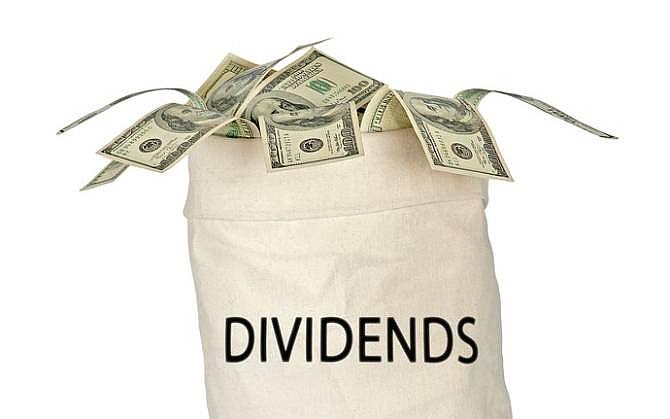WHY YOU SHOULD REINVEST YOUR DIVIDENDS SO THAT YOU CAN MAKE MORE MONEY
- Posted on December 02, 2019
- Editors Pick
- By admin admin

As an owner of stocks that pays dividends, there is always a guarantee of receiving
dividend payments at the appointed time. However, what you decide to do with these
dividend payments lies solely with you. The choice to take your dividend
payment as cash or to reinvest it in the stock that just paid you is yours.
Hopefully, you would be convinced that it is important to reinvest your
dividends after reading this article.
A dividend is basically the direct way a company can
distribute your profit (from shares) directly to you; its shareholder.
Dividends can be paid out monthly, quarterly, semi-annually or yearly,
depending on the company in question. It is important to note that companies
are not obligated to pay forecasted dividends, and are free to either cut or
cancel payments at any time.
What then is a dividend
reinvestment?
Dividend reinvestment simply means using the cash that a
company distributes as dividends to automatically purchase more shares of that
company stock, each time a dividend is being paid.
Let us take a look at this example:
Assume you own 15 shares of a stock trading at $50 per share,
before it pays out a $5 per share dividend. You then make a decision to
reinvest the dividends, the $75 total dividend payment (that is $5 per share
multiplied by 15 shares) would automatically purchase or reinvest to buy more shares so that you would own 16.5 shares after distribution. However, if you decide not to go with the
option of reinvestment, you would be left with the same 15 shares you started
out with as well as an extra $75 of cash in your portfolio.
Besides the usual reinvestment option through stockbrokers,
other companies give prospective shareholders the option to purchase stock
directly from the company itself, without incurring any transaction fees. This
method is called the dividend reinvestment plan (DRIP).
Valid Reasons Why You
Should Reinvest Your Dividends
It increases long-term return
From the example analyzed above, where if you owned 15 share
at $50 each with a $5 per share dividend; after reinvesting the first $75 total
dividend, you now own 16.5 shares of the stock that pays at $5 per share, which
is equal to $82.5 of the regular dividend payment (greater than the initial $
75 prior to you dividend reinvestment.
Assuming stock price remains constant, there would be
continual multiplication of the resulting dividend of reinvestment. The
multiplication effect is called "compounding”, and can accrue for
investors who hold on for the long term.
It is cheap
Dividend reinvestment does not usually attract any
transaction fees; of which some brokers charge up to $5-$10 per trade.
It is flexible
Depending on the price of each share, some stockbrokers would
not permit you to buy anything less than the price of a single share. However,
this is not the case with dividend reinvestment, as it is free from such
restriction, and automatically translate into fractional shares when applied to
reinvestment.
It is consistent
As you buy shares on a regular basis, you would get your
dividends regularly.
It is easy
This is because once it has been set up, dividend
reinvestment is automatic.


Be the first to comment!
You must login to comment